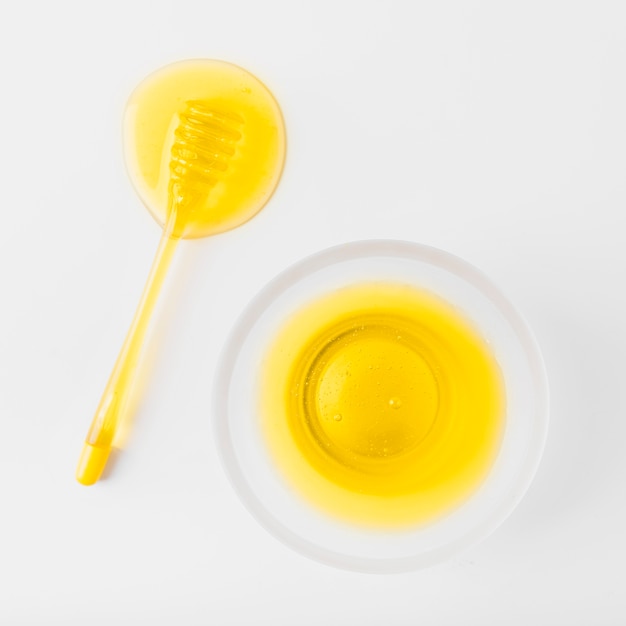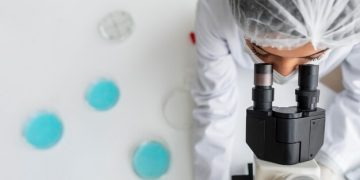
Honey has been cherished for its natural benefits since ancient times. It’s not only a sweetener but also a remedy in traditional medicine, used for everything from healing wounds to potentially treating cancer. This article explores honey’s health benefits and its medicinal uses.
Traditionally, honey has been used to treat eye conditions, throat infections, asthma, tuberculosis, and more. It helps heal wounds and ulcers and serves as a nutritional supplement. Honey’s components have antioxidant, antimicrobial, anti-inflammatory, and cancer-fighting properties. Studies suggest honey can help prevent and treat diabetes, wounds, asthma, cancer, and various neurological, cardiovascular, and gastrointestinal diseases. Its therapeutic value is attributed to its phytochemical, anti-inflammatory, antioxidant, and antimicrobial properties, with polyphenols and flavonoids being the key bioactive molecules.
Honey is a natural product made from the nectar of flowers by honeybees. It has been consumed for over 5,500 years by ancient civilizations like the Greeks, Chinese, Egyptians, and Romans for its nutritional and healing properties. Honey is the only insect-produced natural product with cosmetic, nutritional, and industrial benefits. It doesn’t spoil and can be stored at room temperature. Honey’s sweetness comes from its high fructose content, making it 25% sweeter than sugar. Its use in beverages is growing, and its health benefits are widely documented.
Research shows honey has antioxidant, anti-inflammatory, antibacterial, antidiabetic, and protective effects on the respiratory, gastrointestinal, cardiovascular, and nervous systems. A comprehensive review of literature from 1970 to 2014 highlights honey’s therapeutic benefits. Historical evidence shows honey’s use in medicine dates back 8,000 years, with references in ancient texts like the Sumerian clay tablets, Egyptian papyri, and the Bible.
There are about 300 types of honey, each linked to different nectar sources. Honey is primarily composed of carbohydrates, minerals, amino acids, and organic acids. It contains essential amino acids, enzymes, vitamins, and minerals. Honey’s antioxidant properties are due to its phenolic compounds, which vary based on floral source and environmental conditions. These compounds have antioxidant, anti-inflammatory, antimicrobial, anticancer, and antimetastatic properties.
Honey’s antimicrobial activity is due to its enzymatic glucose oxidation, high osmotic pressure, low pH, and other factors. It inhibits the growth of bacteria and yeast. Manuka honey, in particular, has strong antibacterial properties. Honey’s anticancer effects are linked to its ability to induce apoptosis in cancer cells, making it a potential natural anti-cancer agent.
Honey reduces inflammation, aids wound healing, and has immunomodulatory effects. It can help manage diabetes by lowering glycemic index and improving metabolic complications. Honey’s anticancer properties are due to its interference with cellular signaling pathways. It has been shown to inhibit cell proliferation and induce cell death in various cancer types.
Honey is used in traditional remedies for inflammation, cough, and fever. It can alleviate asthma symptoms and has cardiovascular benefits due to its antioxidant content. Honey’s neuroprotective effects are linked to its polyphenols, which counteract oxidative stress and neuroinflammation.
Honey is also beneficial for gastrointestinal disorders and has bactericidal effects against Helicobacter pylori. It can be part of oral rehydration therapy and reduce diarrhea duration in children with gastroenteritis.
Overall, honey’s therapeutic effects are due to its antibacterial, anti-inflammatory, antioxidant, and apoptotic properties. More research is needed to fully understand its medicinal potential.











































